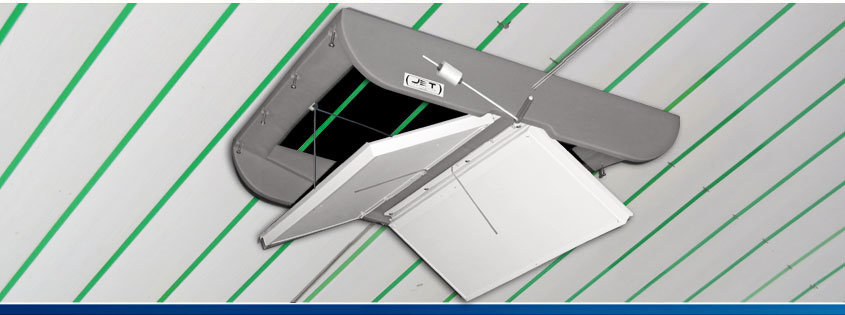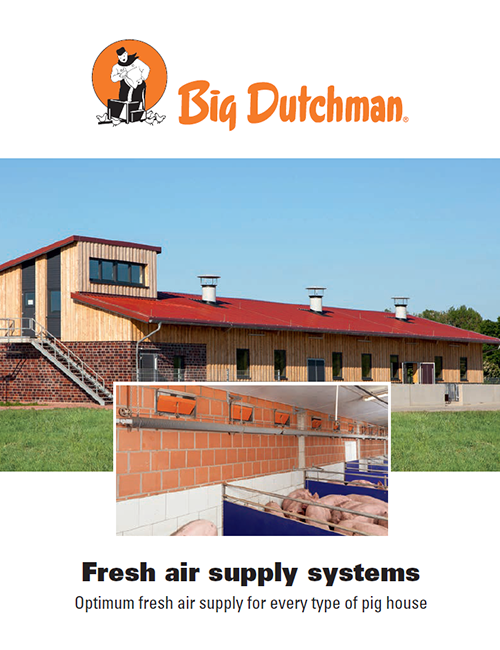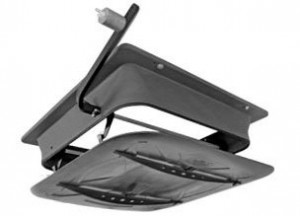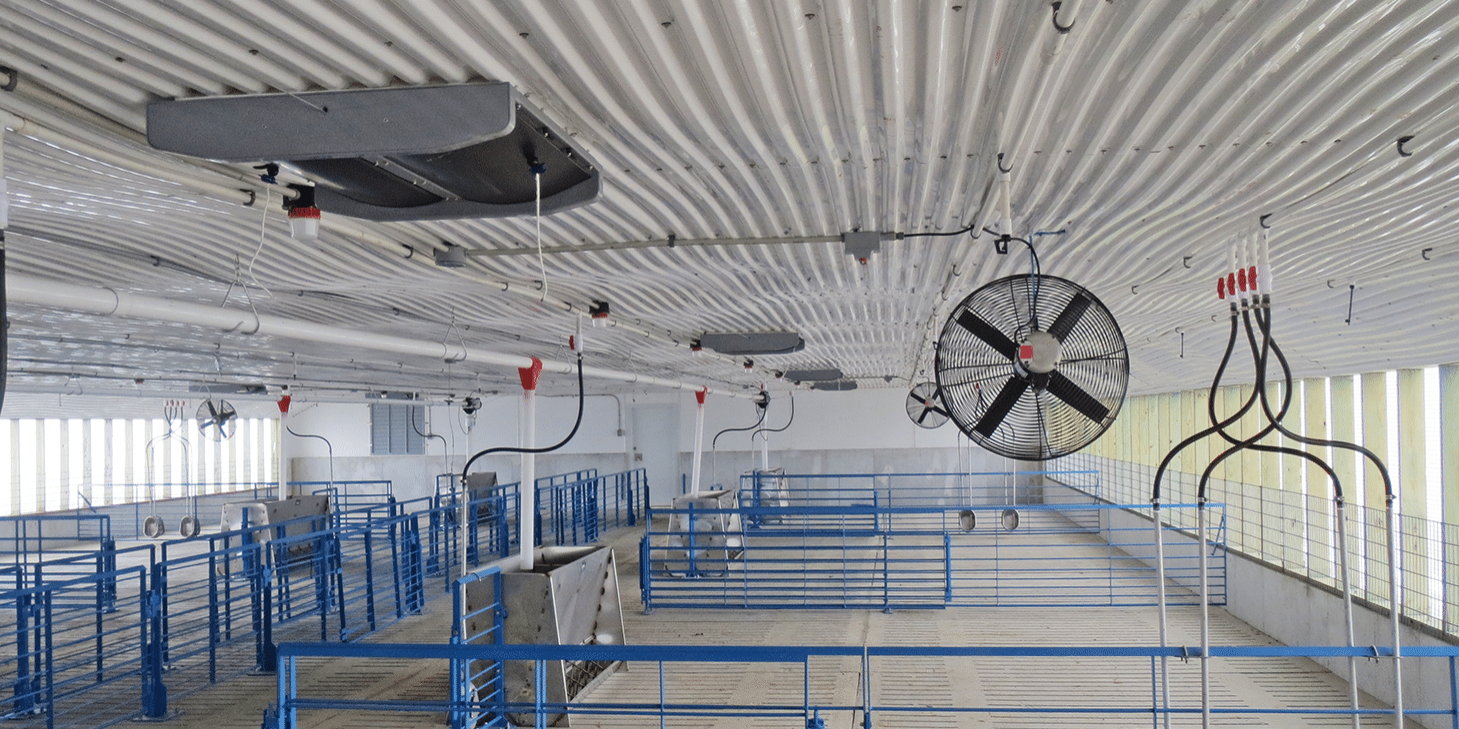Average turkey or chicken houses with poultry ceiling inlets are capable of being ventilated 20 percent more than houses without ceiling attic inlets on cold days without experiencing the 20 percent increase in fuel usage that one might expect.
Attic inlets poultry houses.
Attic air is typically warmer than outside air on cold days.
Though attic inlets can lead to slightly lower heating costs the primary objective of an attic system is to maximize fan runtime which will lead to improved air quality and litter conditions.
These inlets allow growers to capture warmer attic air for minimum ventilation thus reducing heating fuel costs reducing relative humidity and improving litter quality.
By installing ceiling poultry inlets producers can capitalize on solar heat trapped in their attics and ventilate poultry houses more during the day.
Attic air inlets are used in poultry houses to allow growers to capture warmer attic air for minimum ventilation which helps reduce heating fuel costs and relative humidity along with improving litter quality.
Attic inlets tend to do a better job of conserving heat in a poultry house than conventional side wall inlets.
Ventilation in your turkey or chicken house is a science.
Attic air inlets are being installed in many poultry houses across the poultry belt.
Unless properly installed and managed attic inlets can contribute to structural damage by allow ing warm and moist house air to enter and condense on trusses roof metal and insulation.
By closing up the house and turning on a couple of 36 fans during the day attic inlets can increase the house temperatures from 10 to 15 degrees above outside air temperature figures 2 3 4 5.
Air enters the inlet from the attic and when the inlet is open air is evenly distributed in.
Poultry house attics are made up of trusses built with untreated lumber put together with press fit truss plates.
Double l has been a leading innovator in improving ceiling and sidewall ventilation in chicken turkey and poultry houses.
The air that you and your chicken turkey etc.
The gc1140 360 degree attic air inlet is a fully insulated inlet used in poultry houses and hog barns.
Breathe cannot be seen and is easily taken for granted.
What are the most common issues with attic inlets.
The less expensive option is the gravity inlet and has a payback period of 2 to 4 years.
Between flocks attic inlets can be used to help dry out damp litter as well as to help cook off some of the ammonia from the litter.
This type of inlet is more de.
Double l attic or ceiling inlets take warm air from attic to heat living area of poultry house.


.jpg)
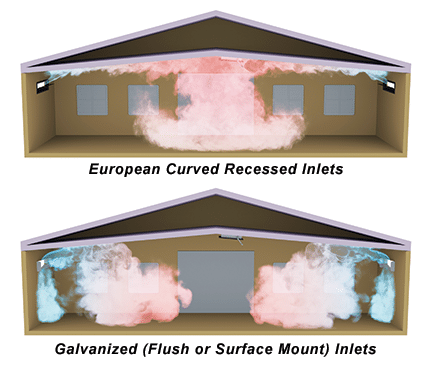


.jpg)





